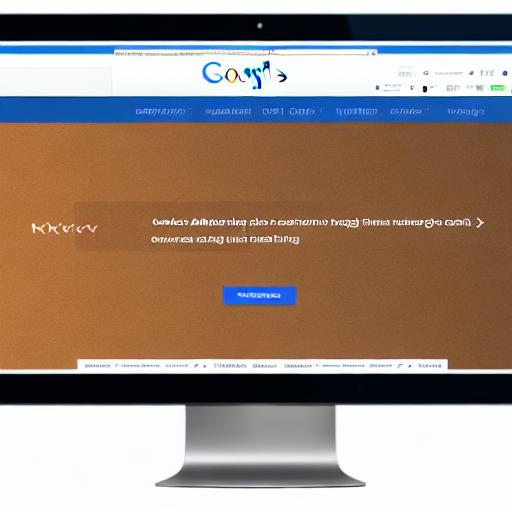

Google Ad Manager is a powerful platform designed to help publishers manage their digital advertising inventory and maximize revenue. However, simply setting up campaigns isn’t enough. Truly effective ad management requires a strategic approach to optimization. This comprehensive walkthrough will guide you through the key aspects of optimizing your Google Ad Manager campaigns, providing you with the knowledge and tools to drive significant improvements in your revenue and efficiency.
In today’s competitive digital advertising landscape, publishers face constant pressure to maximize revenue from their ad inventory. Google Ad Manager offers a robust solution, but its complexity can be daunting for newcomers. Many publishers initially set up campaigns and then struggle to achieve optimal results. This is often due to a lack of understanding of the platform’s features and the importance of ongoing optimization. This article will demystify Google Ad Manager and provide you with a step-by-step guide to transforming your campaigns from basic to highly effective. We’ll cover everything from initial setup to advanced reporting and analysis. The goal is to equip you with the skills to consistently improve your performance and achieve your revenue targets.
Targeting is arguably the most crucial element of any Google Ad Manager campaign. It determines which users see your ads, directly impacting your reach, engagement, and ultimately, your revenue. Let’s explore the various targeting options available:
It’s important to remember that over-targeting can limit your reach, while under-targeting can result in wasted impressions. A balanced approach, combined with careful monitoring and analysis, is key to finding the optimal targeting strategy for your campaigns.
Bidding strategies determine how much you’re willing to pay for each impression or click. Choosing the right strategy is critical for maximizing your revenue. Here’s a breakdown of common bidding strategies:
Experimenting with different bidding strategies is crucial. Start with automated bidding and then gradually transition to manual bidding as you gain experience and understanding. Regularly analyze your campaign performance to identify the most effective bidding strategies for your specific goals.
Effective reporting and analytics are essential for understanding your campaign performance and identifying areas for improvement. Google Ad Manager provides a wealth of data, but it’s important to know how to interpret it. Here’s what you need to focus on:
Don’t just look at the raw numbers. Analyze trends, identify outliers, and understand the reasons behind your performance. Regularly review your reports and make adjustments to your campaigns based on your findings.
Campaign optimization is an ongoing process. Here are some key techniques to implement:
Remember, there’s no one-size-fits-all approach to campaign optimization. What works for one publisher may not work for another. The key is to continuously experiment, analyze, and adapt your strategies based on your specific goals and audience.
Google Ad Manager offers a range of advanced features that can further enhance your campaign performance. These include:
Exploring these advanced features can significantly improve your campaign performance, but it’s important to understand their functionality and how they integrate with your overall strategy.
Campaign optimization in Google Ad Manager is a continuous process of learning, experimentation, and adaptation. By understanding the key features, bidding strategies, and optimization techniques outlined in this guide, you can significantly improve your campaign performance and maximize your revenue. Remember to regularly monitor your data, analyze your results, and make adjustments based on your specific goals and audience.
Resources:
This guide provides a foundational understanding of campaign optimization in Google Ad Manager. Further research and hands-on experience are essential for mastering this powerful platform.
Do you want me to elaborate on a specific aspect of this guide, such as a particular bidding strategy or optimization technique?
Tags: Google Ad Manager, Campaign Optimization, Revenue Optimization, Bidding Strategies, Targeting, Reporting, Ad Management, Digital Advertising
0 Comments